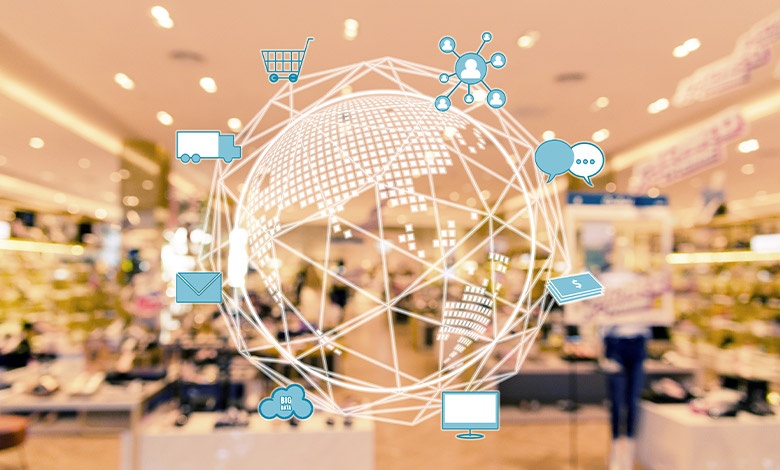In today’s hyper-competitive retail landscape, staying ahead of the curve requires more than just attractive storefronts and competitive pricing. Retailers are increasingly turning to artificial intelligence (AI) to gain a competitive edge. However, successful implementation of AI in retail hinges on two key elements:
- A strong understanding of your brand
- A solid technology infrastructure foundation
Your entire organization must be aligned to your brand mission. Only then will you be able to leverage AI in a way that optimizes your business outcomes. For AI solutions, look to the technology leaders to be sure you have a robust foundation built upon four key pillars: data, networking, edge computing, and security.
As only you understand the value of your brand, I want to walk through the foundational technologies that you need to bring your vision to life.
Data: The Lifeblood of AI in Retail
Data is the lifeblood of AI, and this is especially true in retail. Retailers deal with vast amounts of data daily, including sales transactions, inventory levels, customer preferences, and more. To harness the power of AI, retailers must first establish a comprehensive data strategy. This involves collecting, storing, and managing data efficiently.
Since data serves as the raw material for AI algorithms, it is critical to understand the data that aligns most closely with your brand attributes. The data will allow you to understand customer behavior, predict trends, optimize supply chains, and personalize marketing efforts. Perhaps the most important outcome is how data can provide customer insights to help retailers create a more personalized experience.
Networking: Enabling Data Flow and Real-time Insights
Data alone is not enough; it needs to flow seamlessly within an organization. Networking plays a pivotal role in this process. The challenge for retailers is the dispersed network of stores, warehouses, and distribution centers. A robust networking infrastructure ensures that data from these various locations can be collected and transmitted efficiently. Providing real-time inventory, omnichannel customer engagement, and employee solutions is key in our modern retailing world.
Edge Computers: Bringing AI to the Front Lines
While centralized data processing has its merits, in retail, many AI applications benefit from edge computing. One might argue that AI at the edge is the most critical step in providing a hyper-personalized experience to your customers. Edge computers are devices located close to where data is generated, such as in-store cameras or sensors. These devices can process data locally, reducing latency and enabling real-time decision-making.
In retail, edge computers are instrumental in applications like AI-kiosks or shelf monitoring. AI-kiosks for shopping or self-checkout can change both the customer experience but also improve employee productivity and loss prevention. Cameras mounted on store shelves can analyze product availability, price accuracy, and planogram compliance in real-time. This information can trigger alerts for store associates to take immediate action, ensuring shelves are always well-stocked and organized. All these features are done at the edge to optimize an outcome specific to a store, customer, or employee.
Security: Safeguarding Customer Trust
In the age of AI, the security of data and AI systems is paramount. A security breach can result in severe reputational damage and legal consequences that your brand and income statement may never recover from again.
Implementing robust security measures is non-negotiable when building an AI foundation for retail. This includes encryption, access controls, and continuous monitoring of AI systems. Retailers must also comply with data protection regulations, such as GDPR or CCPA, to maintain customer trust and avoid hefty fines. AI models themselves can be vulnerable to attacks, including adversarial attacks and data poisoning. Retailers need to invest in AI security solutions to protect their models from manipulation and ensure they make accurate predictions.
What’s Next?
The complexity of AI and the infrastructure needed to optimize your outcomes require a fresh look at the alignment of your internal teams and the alignment with a trusted third-party partner. AI solutions are developing so quickly over the next 24–36 months that managing the process internally is no longer an option. Choosing a trusted partner now ensures that AI solutions align with your brand mission.At the end of the day, there is nothing more important than your brand. AI and the technologies that enable it are just tools to delight your internal and external customers. Connection would be thrilled to support your journey. Engage Connection’s Retail Practice or your Account Team today to get started!


